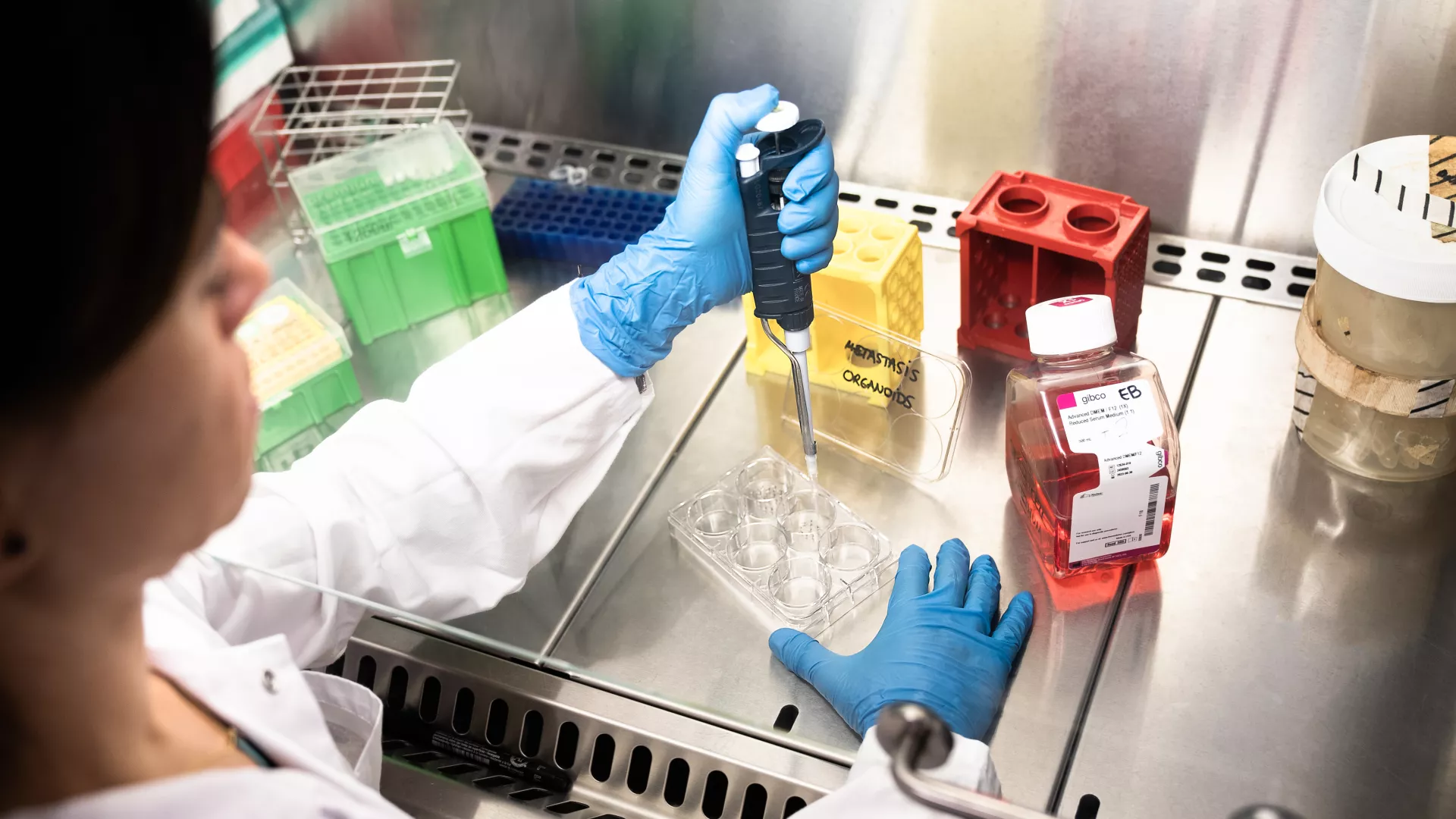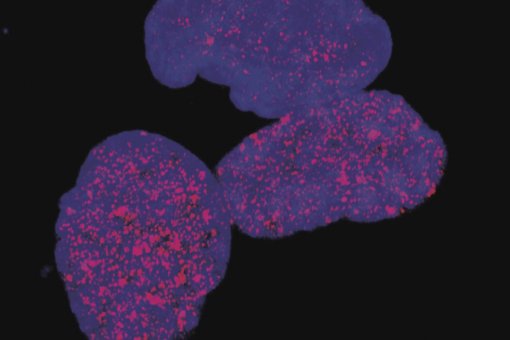Participants

Contact

• Headed by EMBL in Germany, the consortium “SyStemAge” seeks to identify the molecular mechanisms behind aging and the consequences of this process, and also to propose biomarkers to combat age-related diseases.
• The consortium involves clinical researchers, biologists specialized in two types of blood cancer, systems biologists, and biotech managers.
• Patrick Aloy, researcher at IRB Barcelona, will integrate the biological and clinical data to build dynamic maps of genes and proteins involved in the processes addressed in this study.
In Myelodisplastic Syndrome (MDS), known as pre-leukemia, bone marrow stem cells do not produce enough red blood cells. In Chronic Lymphocytic Leukemia (B-CLL) the bone marrow gives rise to white blood cells or leukocytes that are unable to exert their immune function. Both diseases are characterized by the malfunction of adult blood stem cells and most frequently affect the elderly.
The consortium “SyStemAge” will analyze the two diseases with a double objective, namely to understand the natural aging process of stem cells and at the same time propose new approaches to combat these diseases. The project is part of the VII Framework of the European Union and is supported by 6 million euros of funding until 2017.
“Organisms are as old as their stem cells,” writes the coordinator of “SystemAge: Early warning signals of ageing in humans stem cells and age-related disorders”, Anne-Claude Gavin, from the European Molecular Biology Laboratory (EMBL) in Germany. “The regenerative power of an organism is determined by the potential of adult stem cells to produce new cells and to repair damaged tissue. The loss of regenerative function and the susceptibility to develop cancer could be interpreted as signs of aging in these kinds of cells,” she goes on to say.
The ten participating groups involved in “SyStemAge” will identify the molecular components, genes and cell signaling pathways involved in aging and in the two related-diseases and offer a dynamic map of protein interactions. “Systems biology plays a key role in this project,” explains ICREA researcher Patrick Aloy, a colleague of Gavin’s and head of the Structural Bioinformatics and Network Biology group at IRB Barcelona, who is heading one of the work packages. His laboratory will integrate the biological and clinical data in order to build a dynamic network of interactions for genes and proteins “in order to better analyze and understand the progression of the two diseases and the natural aging process in organisms,” explains Aloy.
The “SyStemAge” consortium includes three hospitals specialized in treating MDS and B-CLL, a group of basic research labs devoted to the biology of these two types of cancer, two systems biology groups specialized in modeling complex biomedical systems, and two biotech enterprises with experience in transforming basic biological models into new therapeutic treatments. “It is a solid group that is well positioned to bridge the gap between the clinical setting, the biomedical sciences and the natural sciences, and to contribute to bio-gerontology,” affirms the coordinator.
About IRB Barcelona
The Institute for Research in Biomedicine (IRB Barcelona) pursues a society free of disease. To this end, it conducts multidisciplinary research of excellence to cure cancer and other diseases linked to ageing. It establishes technology transfer agreements with the pharmaceutical industry and major hospitals to bring research results closer to society, and organises a range of science outreach activities to engage the public in an open dialogue. IRB Barcelona is an international centre that hosts 400 researchers and more than 30 nationalities. Recognised as a Severo Ochoa Centre of Excellence since 2011, IRB Barcelona is a CERCA centre and member of the Barcelona Institute of Science and Technology (BIST).



